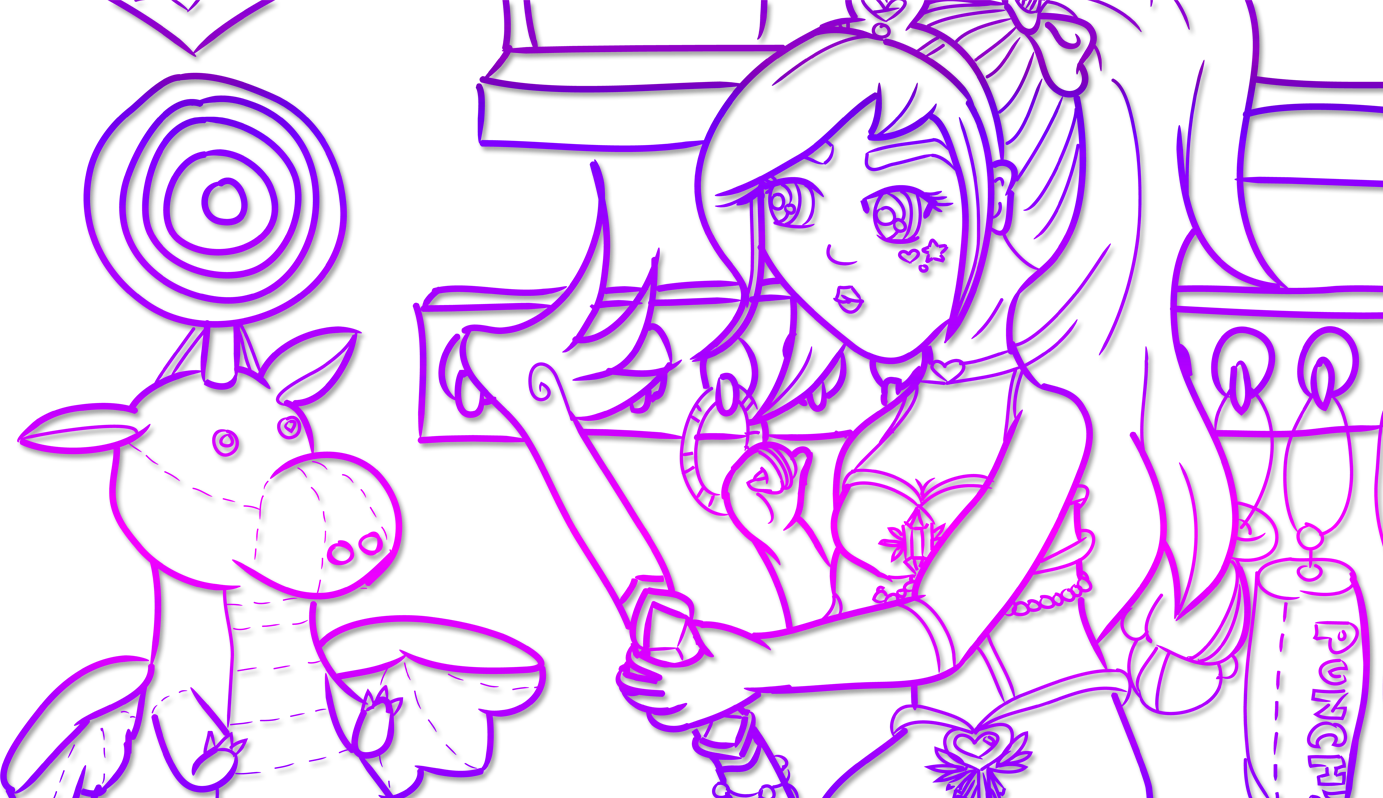Alright, I’ll admit it: I’m a marshmallow and I believe in LoVe. Regardless of how much Kristen Bell can get me to fangirl about her misadventures into private eye work, the story of “The Veronica Mars Movie” is an interesting case study in marketing, specifically, marketing to the long tail.
As most familiar with marketing are already aware, the long tail is the section of the market that does not cater to the most common buyers. These are your specialty items, your underwater basket weavers or fans who need a figurine of that one character in that one episode of that one show that -one- time. The beauty of the long tail is that, while you won’t hit many buyers, those you do hit will invest almost unrivaled amounts because they really, /really/ want that product and have few places to get it.
Veronica Mars, for those who (sadly, sadly, sadly) haven’t heard of it, debuted in 2004 and featured a young Kristen Bell working on various whodunit cases using the skills she learned from her father’s Private Eye business. Cases range from the mundane (who’s rigging the school ballots?) to larger overarching cases (who killed Veronica’s best friend?). The show ended in 2007, after seeing Veronica through one year of college. The show, while never a huge success in ratings, received critical acclaim for its well-written noir presence, epic female lead, and intriguing blend of humor, wit, and drama. Much like Firefly and many other shows with a highly engaged and supportive fanbase, when Veronica Mars was cancelled, there was a huge hole that left them wanting more.
Why hello long tail, there you are. (read in Veronica’s internal monologue voice for added ‘tude)
Seven years after the cancellation, Rob Thomas appeared on KickStarter encouraging fans of the series to fund a Veronica Mars movie. The response? Astounding. Even if you weren’t a marshmallow, anyone following news of successful KickStarter’s surely heard of Veronica Mars utterly smashing almost every KickStarter record ever: Two million dollars were raised in less than ten hours, breaking the fastest grossed one million and two million dollar records. It also broke highest minimal pledging goal achieved, largest successful film project, and on its final day most backers of any KickStarter project. (Note: this has only been beaten thus far by the Reading Rainbow project – which seems to have been an obvious take from the success of this project!)
For those who think the long tail isn’t a worthwhile investment: let Mars Investigation show you it depends on the long tail you’re trying to cater to.
The film itself, nine years after the final season in terms of timeline, received overall good reviews from critics, coming out at 77% and 6.4/10 on RottenTomatoes and 61/100 on Metacritic. Tabulating box office earnings was a bit difficult for the Mars movie, considering its fund source and due to the fact that prizes for some tiers of backing were copies of or tickets to the film – meaning quite a large portion of watchers would be absorbed in the funding. Despite this, Veronica Mars still grossed $1.988 million opening weekend, coming in at #11 on the box office charts, and had a worldwide total of $3.485 million – again, not including those backer-watchers, who already ensured the costs of film production were covered with their $5.702 million given to the KickStarter. This means most if not all of the total box office revenue should ideally have been profit for the film, and if one wants to argue semantics, the true total is more like $9.187 million, if the funds the KickStarter received are counted toward the film’s grossing.
What do all of these numbers mean? Even if this film wasn’t a box office smash, it created huge ripples, and at very low cost to Warner Bros, who facilitated the Digital Distribution and ensured screening of the movie in 291 theaters across the nation.
While the movie might not have hit record-breaking numbers at the box office, it did pave the way for a new generation of entertainment catered to a willing long tail, and it certainly shocked the system as a reminder that if you build it – no matter how niche, the diehards will most certainly come in their small, but desiring droves.
“Do you not instinctively fear me? Maybe you should make yourself a note.” – Veronica Mars
Veronica Mars (c) Warner Bros. Entertainment



